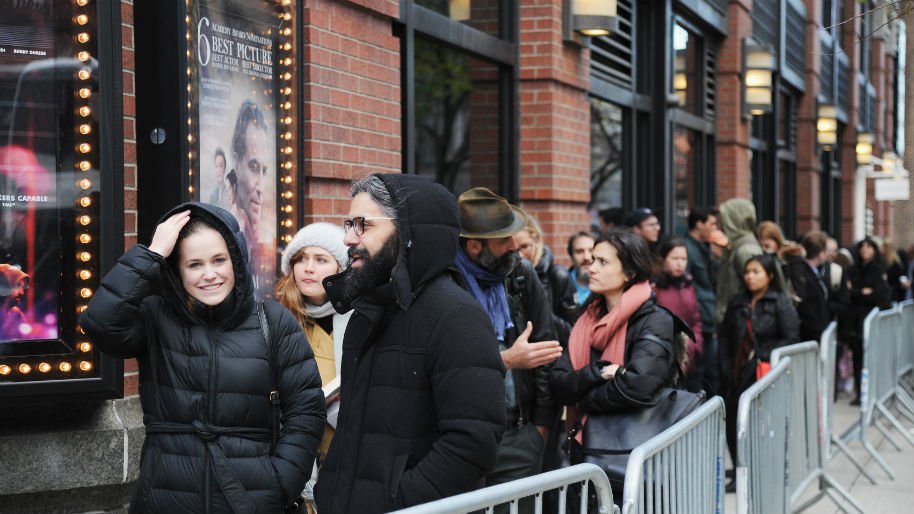Photo: Daniel Boczarski [Getty Images]
By the time you read this, MoviePass may have changed its terms, conditions, and business model at least four or five more times. So let’s take a pause and try and figure out what’s going on with this effort to get people back into theaters.
MoviePass started in 2011 with a goal to give customers a better and convenient access to their favorite movies and to encourage people to get off their couches and actually go to their local movie house. At first, you can book your movie and redeem it via a voucher system in the convenience of your home. The drawback is that you can only apply those vouchers to chosen and affiliated cinemas. Users are also complaining that it’s too bothersome to print those vouchers every time you want to see a movie. Hence, the birth of loaded prepaid cards and electronic vouchers in 2012.
Spoiler Warning: Are Mini-Trailers Before Trailers Ruining Trailers?
The company as simple as the services it gives has rough patches they need to undergo. The original plan was to be able to give the users premium benefits such as unlimited movies per month. The timeline of these said changes are the following:

In July 2016: A month after, they changed it again. A new plan structure that could benefit the consumers more. For only $40-50 per month, they lifted the 1-movie-per-day only and made it unlimited. Because of this, they did make a lot of subscribers.
In August 2017: MoviePass was sold to Helios and Matheson. Not surprisingly, the terms and conditions in purchasing subscriptions changed yet again. The plan is simple: buy the subscription for $9.95 and you get an unlimited movie every month allowing users to see one movie per day.
In February 2018: The new scheme looked like a success, with an estimate of one million subscribers and counting. They made a price drop if you wanted to be billed annually too – from $9.95 and now $7.95.
In May 2018: MoviePass started to go in shambles as it starts to lose $40 million income resulting in huge changes to its plans. They started adding extra fees for peak seasons and would let subscribers waive a month worth of peak fee.
It’s Science: The More Tom Cruise Runs, The Better His Movies Do
This month, the company made a drastic change as it declared again that there is a price hike of $5 with their monthly fee now at $14.95. Add to that updated terms and conditions where you cannot choose to watch major releases (exceptions added), increased peak pricing, and a reduction in the “unlimited” plan to three movies a month at that and you can understand why subscribers are getting antsy.
As MoviePass’ bizarre and ever-changing business model continues to come under scrutiny—and announce even stranger new plans like producing its own Bruce Willis movie—most users are just flat-out confused. If you are a member or were pondering signing up, you want to be clear of your rights as a user of the app. If you’re still undecided if you want to keep using their services, just know that MoviePass told The Wall Street Journal that their company is “whipsawing people back and forth.” But the good thing is, they think they’ve got it now.
Maybe.









